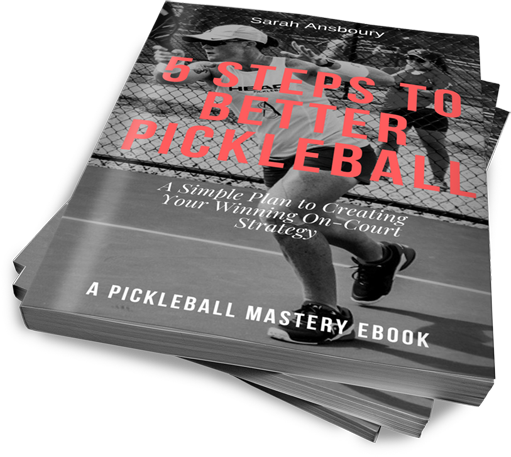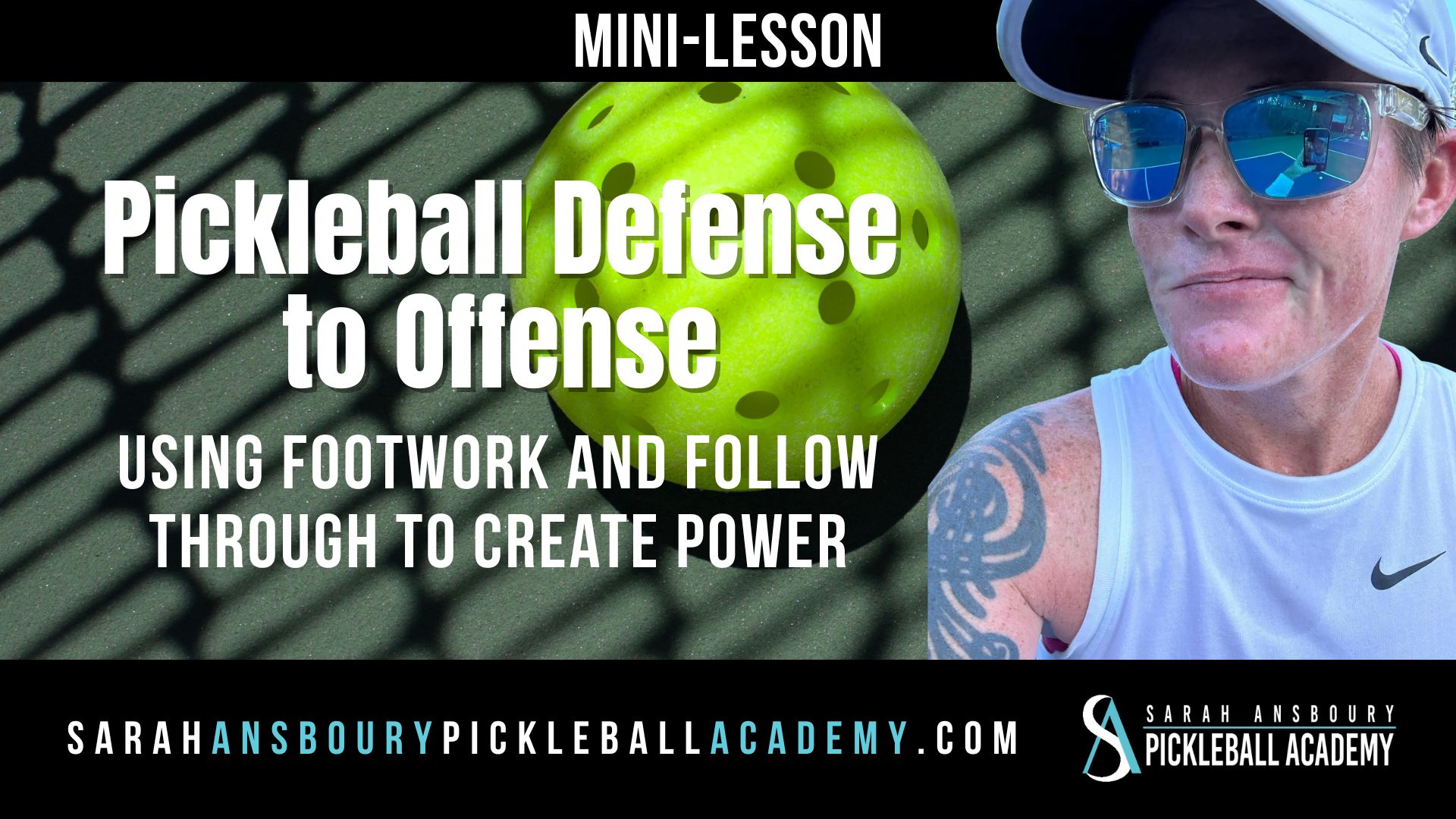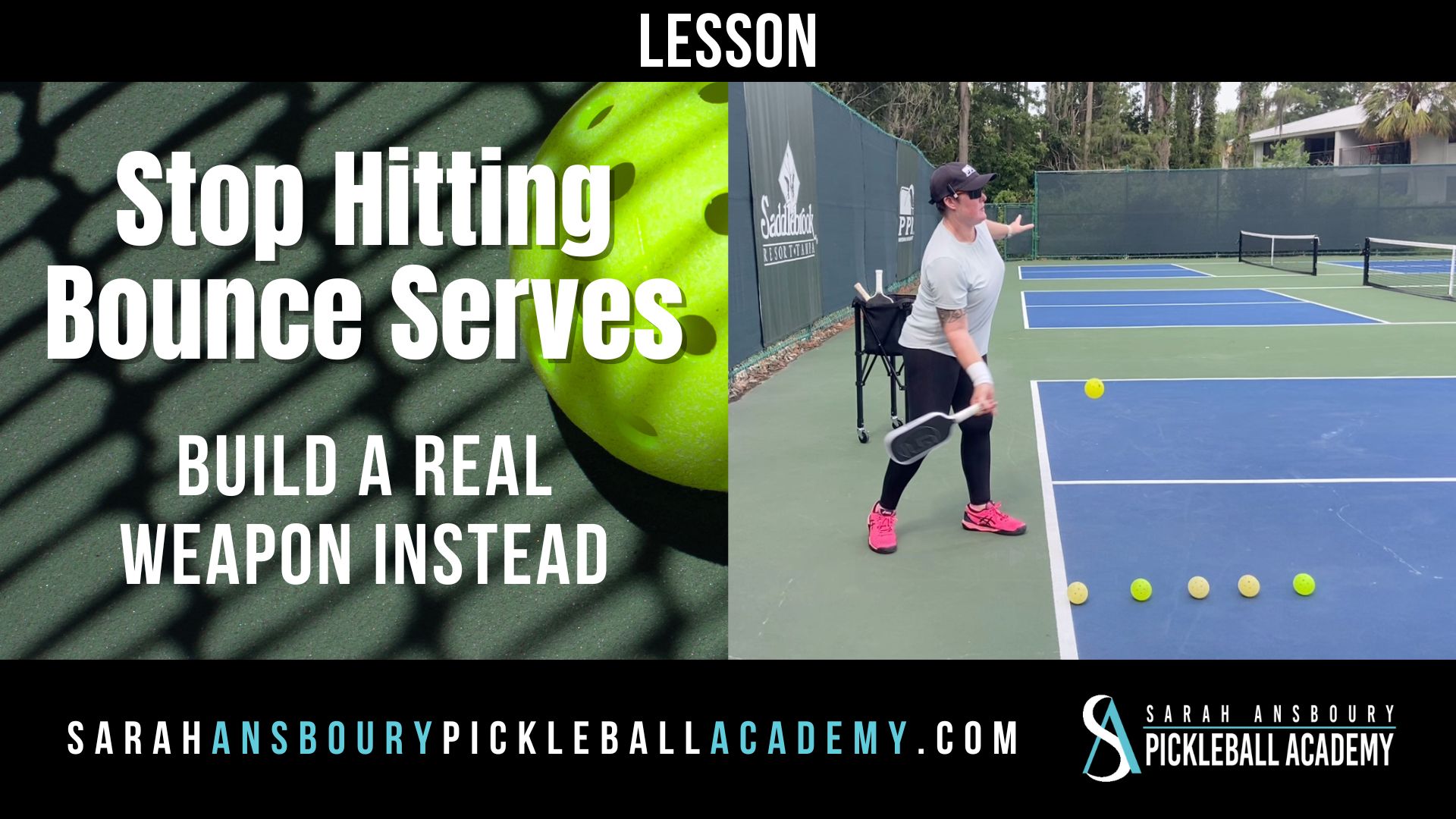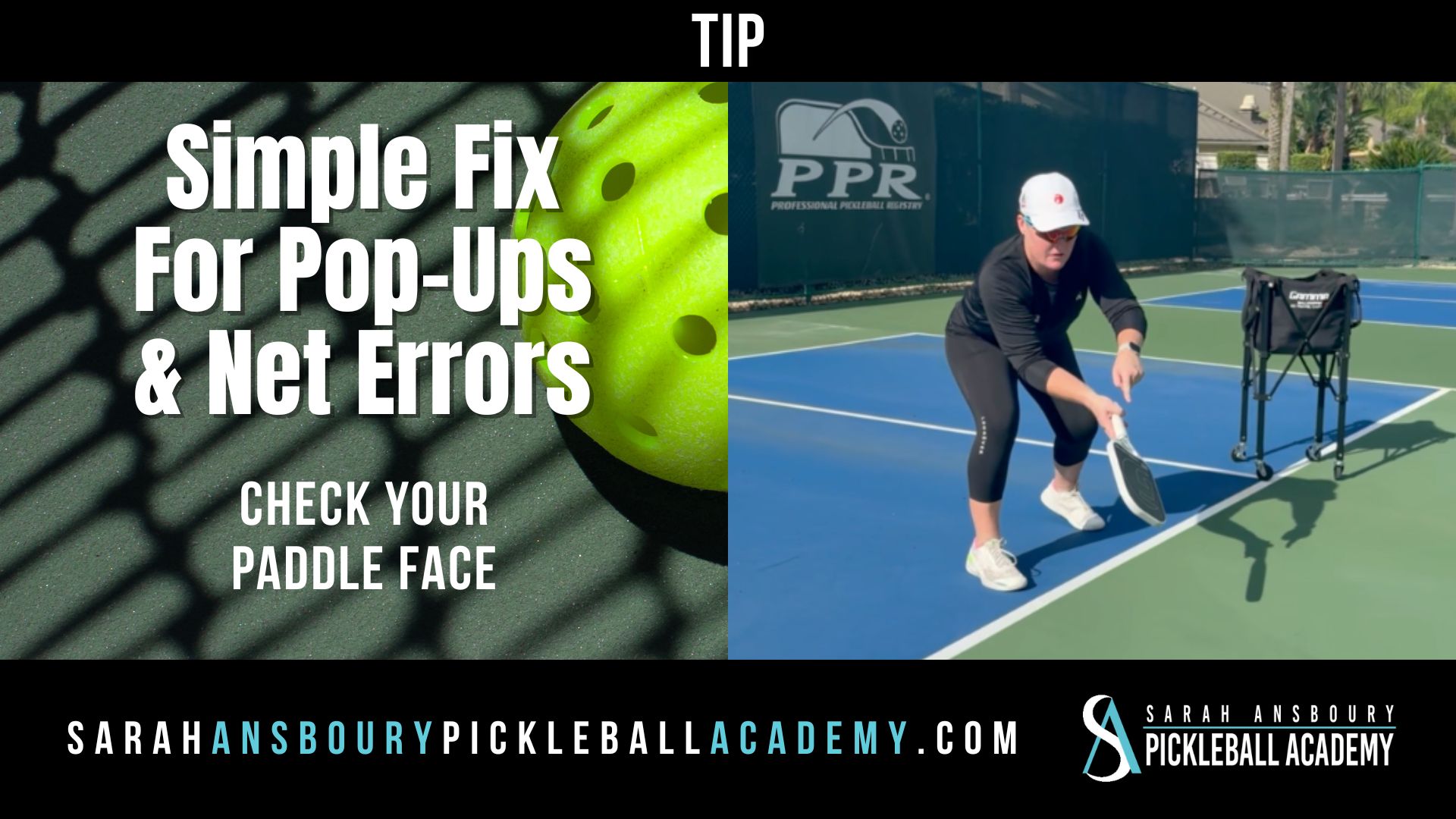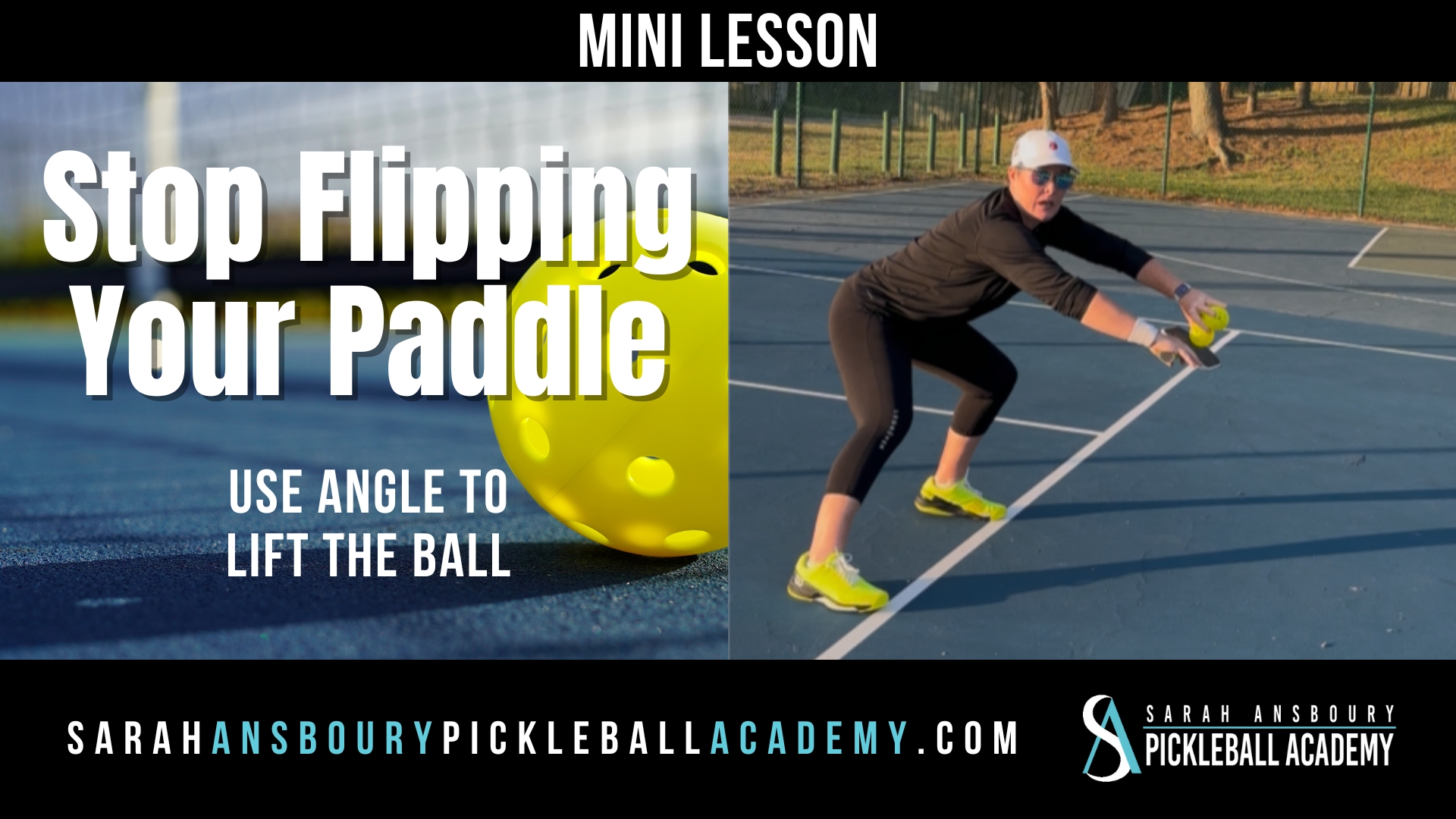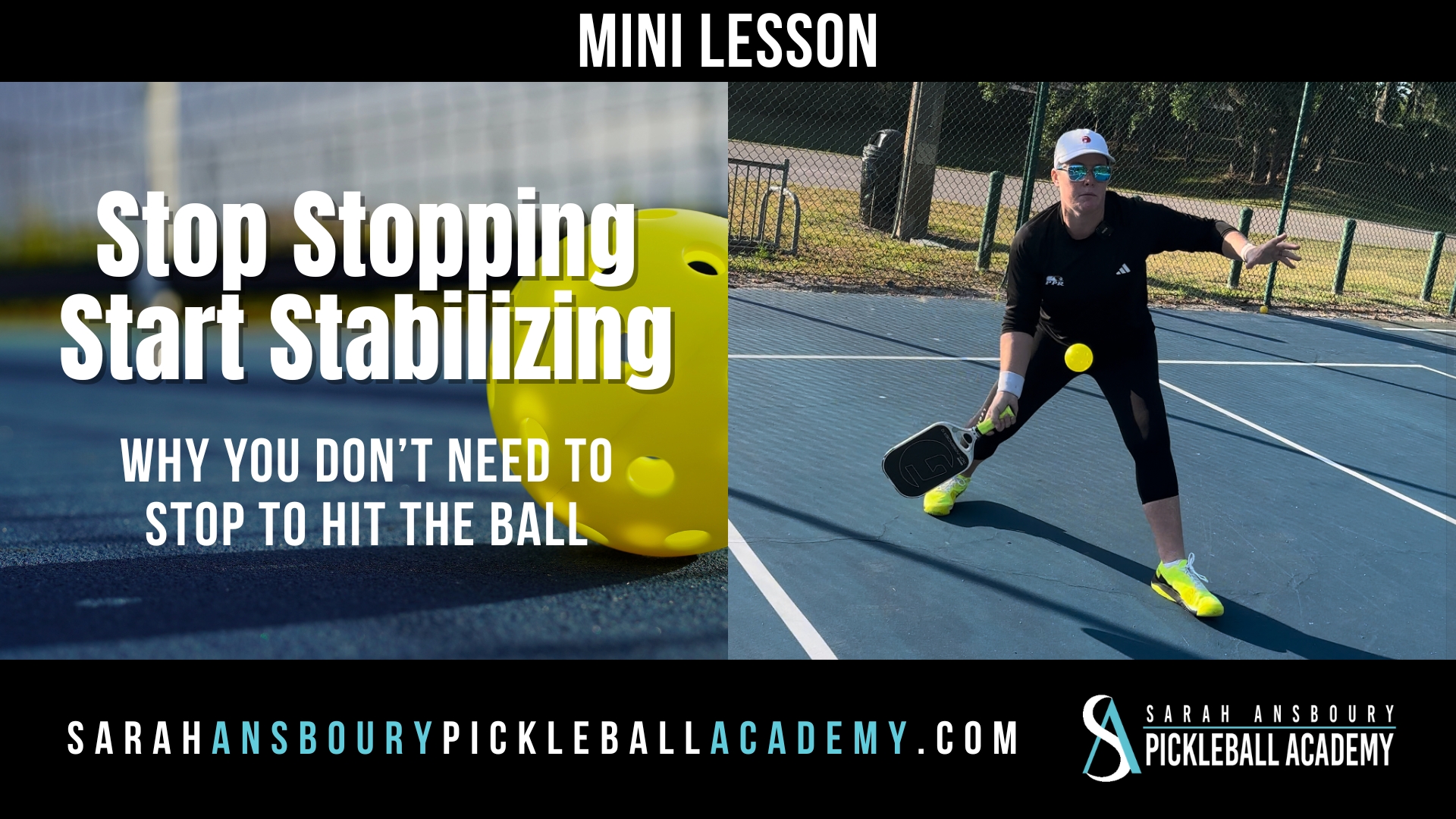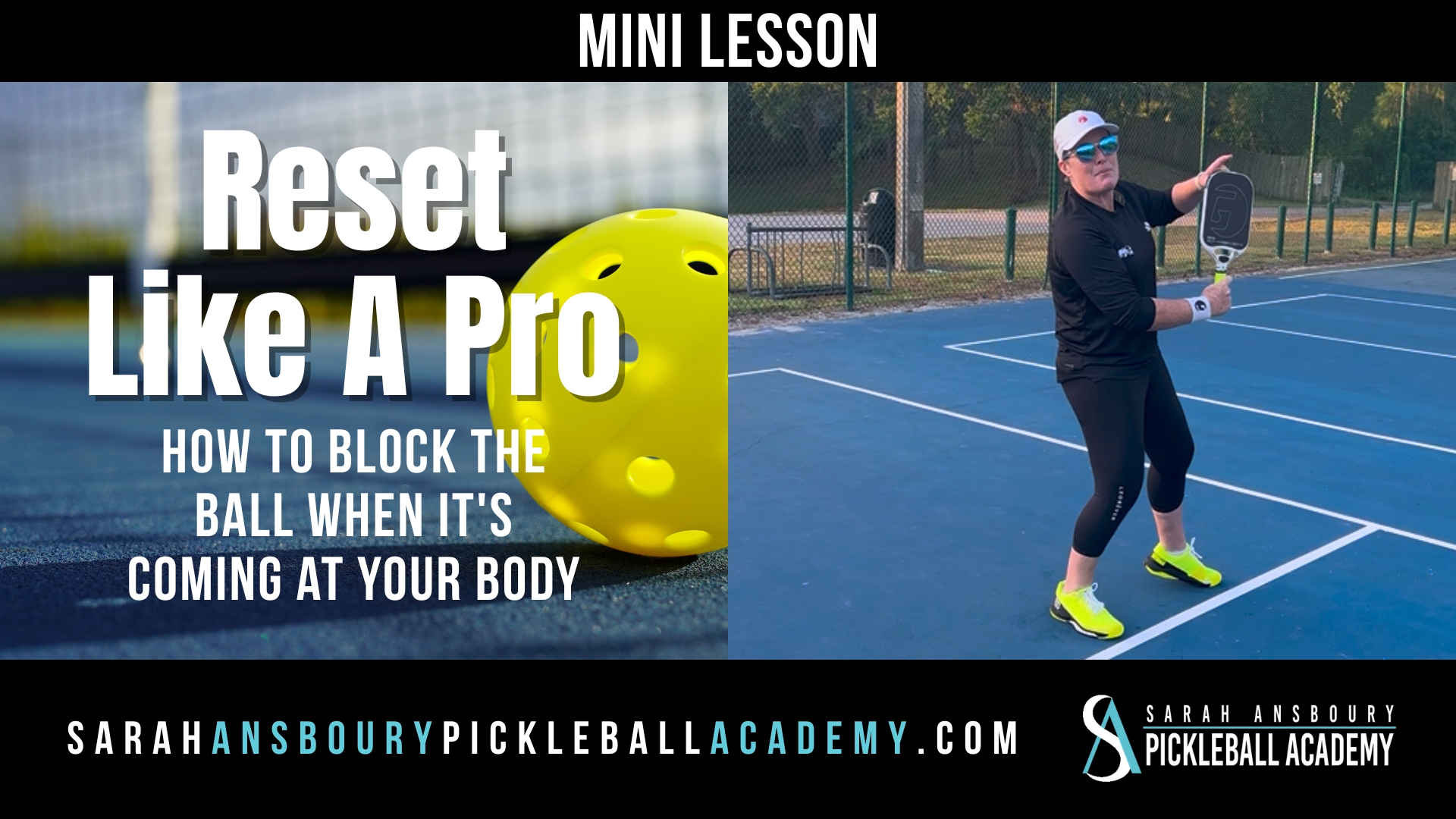I just launched my third ebook, 5 Steps to Better Pickleball — A Simple Plan to Creating Your Winning On-Court Strategy. This, the third book in the mastery series, was written in response to my student’s frequent requests for a book about on-court strategy.
5 steps to better pickleball
It took me quite some time to write the book. As you might imagine it is difficult to write a book on strategy that can be used by someone relatively new to pickleball, by an intermediate and/or by an advanced player. So while the book reviews on-court strategies that I consider every time I play, I can’t provide you with a magical strategy blueprint.
Every match we play is unique. We each bring our own unique strengths and weaknesses. Our opponents bring certain capabilities as well. The conditions on any given day may be different. We might be playing our best that day, or a bit less. We may be playing with a different partner.
First Step to Better Pickleball
Since we are each unique, we begin with analyzing our strengths and weaknesses. I have written before about knowing your pickleball strengths, and I begin many lessons by asking my students to tell me what their strengths are. Often students aren’t sure. Too often they find it easier to recite the areas in which they need to improve.
So we begin the 5 Steps to Better Pickleball, by providing you with physical and mental tests to enable you to better identify your strengths and weaknesses. Because I don’t believe that standing in one spot and hitting 10 shots in a row is the best way to test your pickleball skills in a game setting, I’ve created a series of skills games. Skills games that will help you identify your physical skills as it relates to serving, returning serve, hitting a third shot drop, volleying, dinking, putting up an effective offensive lob and smashing an overhead.
Because I know that as one’s physical skills improve, mental toughness becomes increasing important…I also provide a way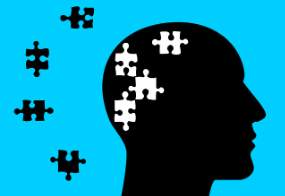 to test your mental strengths and weaknesses. We will focus on the essential three “C’s”:
to test your mental strengths and weaknesses. We will focus on the essential three “C’s”:
- Confidence.
- Communication, and how you view
- Competition
Test Yourself Again & Again
While I hope that my readers will go back from time to time and re-read the book; what really excites me is the fact that these tests can be used again and again, over time, as a player improves enabling them to fine-tune their practice routine. (And of course, I give you advice on how to structure your practice based upon your test results!)
What to know more?
If you are interested in learning what the other four steps are and to learn more, follow this link. I look forward to getting your feedback on 5 Steps to Better Pickleball.

